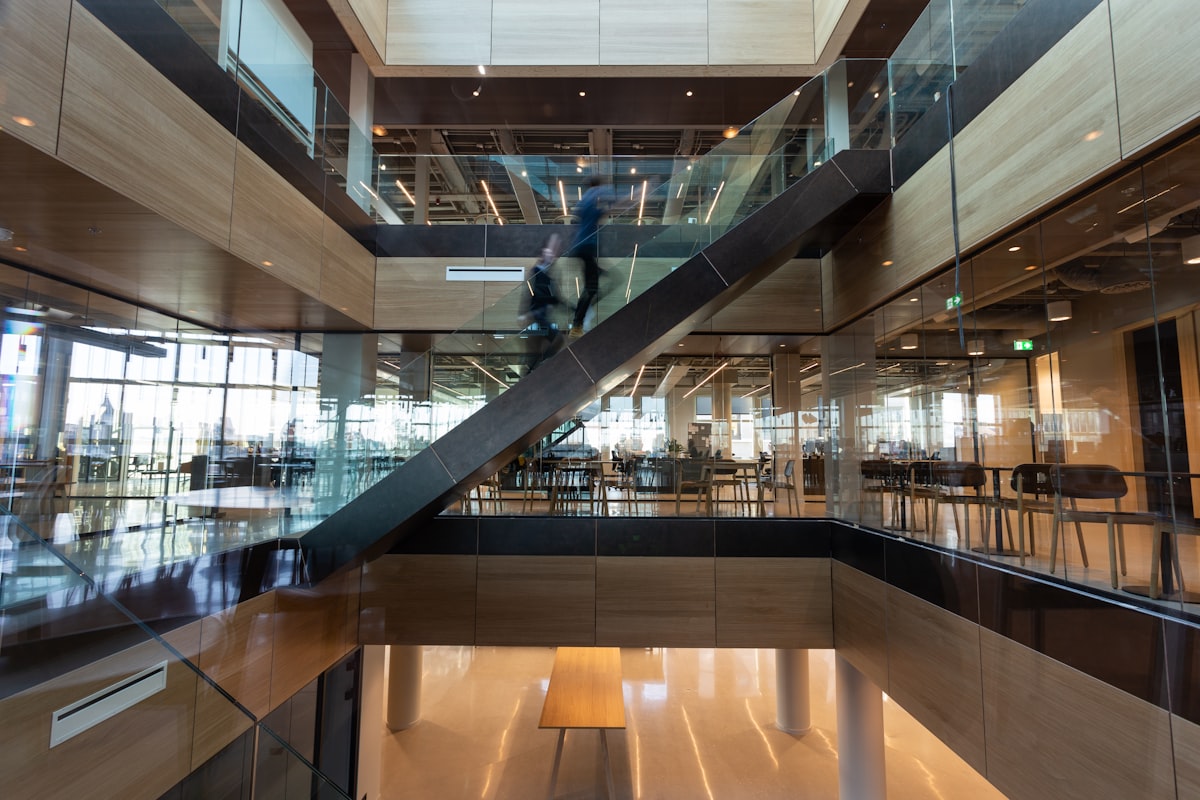Scope 3 Emissions in the Facilities Management Sector: An Expert's Insight into Building Operations Amidst the Green Infrastructure Movement

The facilities management (FM) sector, pivotal in ensuring the smooth operation of buildings and infrastructure, is at a crossroads. As urbanization accelerates and the built environment expands, the sector's Scope 3 emissions are becoming a central concern. This article offers a comprehensive exploration for sustainability experts, delving into the intricacies of building operations, the evolving demands of green infrastructure, and the regulatory landscape shaping the future of sustainable facilities management.
1. Dissecting the Scope 3 Conundrum in Facilities Management:
The FM sector's Scope 3 emissions encompass several areas:
- Building Materials: Emissions from the production, transportation, and disposal of construction materials.
- Energy Consumption: Emissions associated with the energy used in heating, cooling, lighting, and powering buildings.
- Waste Management: Emissions from the disposal and treatment of waste generated within facilities.
- Transportation: Emissions from vehicles and equipment used in facilities maintenance and operations.
2. Supplier Dynamics: Towards Green Building Operations:
The FM supply chain is undergoing a green transformation:
- Energy-Efficient Systems: Integration of systems that reduce energy consumption, such as LED lighting, smart HVAC systems, and building automation.
- Water Stewardship: Implementation of water-saving fixtures, rainwater harvesting, and wastewater treatment.
- Sustainable Procurement: Sourcing of eco-friendly cleaning products, materials, and equipment.
3. The Green Infrastructure Landscape:
Trends influencing the FM sector:
- Green Building Certifications: A growing demand for buildings to achieve certifications like LEED, BREEAM, and WELL.
- Smart Building Technologies: Integration of IoT devices and sensors to optimize building operations and reduce resource consumption.
- Renewable Energy Integration: Installation of solar panels, wind turbines, and other renewable energy sources in facilities.
4. The Regulatory Framework:
The FM sector is influenced by a myriad of regulations:
- Energy Efficiency Mandates: Regulations that set standards for the energy performance of buildings.
- Waste Management: Guidelines for the responsible disposal, recycling, and treatment of waste.
- Indoor Air Quality: Standards ensuring a healthy indoor environment for occupants.
5. Envisioning the Future of Sustainable Facilities Management:
For forward-thinking FM entities:
- Collaborative R&D: Joint initiatives focusing on green building technologies, waste reduction, and sustainable operations.
- Stakeholder Collaborations: Engagements with building owners, tenants, suppliers, and other stakeholders to co-create sustainable FM practices.
- Industry Alliances: Partnerships with tech providers, environmental experts, and other stakeholders to set industry-wide sustainability benchmarks.
In Summation:
The facilities management sector, while ensuring the optimal operation of our built environment, is at the forefront of the sustainability movement. As it addresses its Scope 3 emissions, the sector is also championing innovations that promise a future of green building operations. For sustainability experts, the FM landscape offers a realm of challenges and opportunities, where operational efficiency meets environmental stewardship. With strategic planning, collaborative endeavors, and a commitment to green innovation, the FM sector can lead the way in ensuring that our buildings and infrastructure are both functional and sustainable.




Comments ()